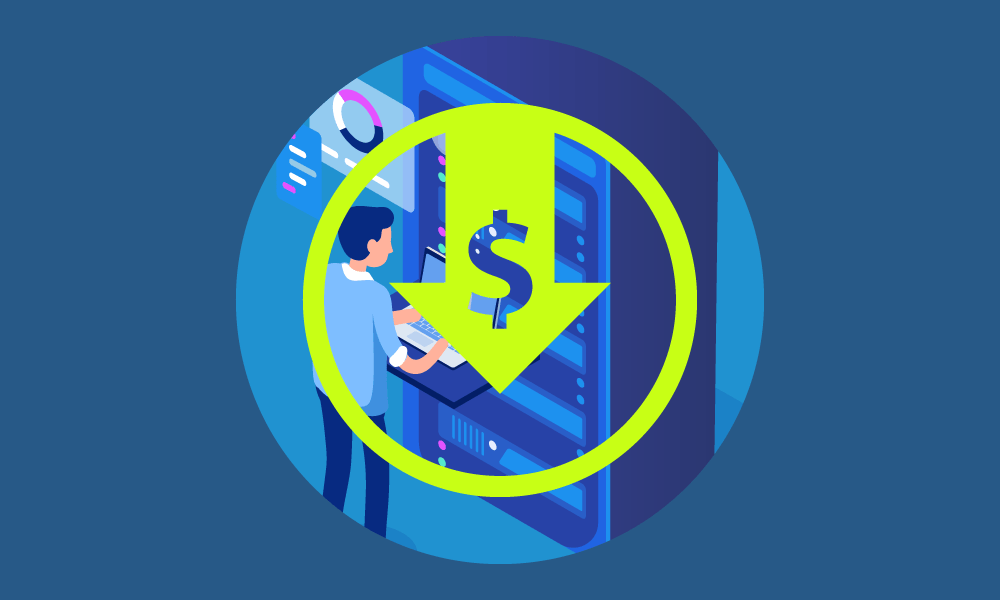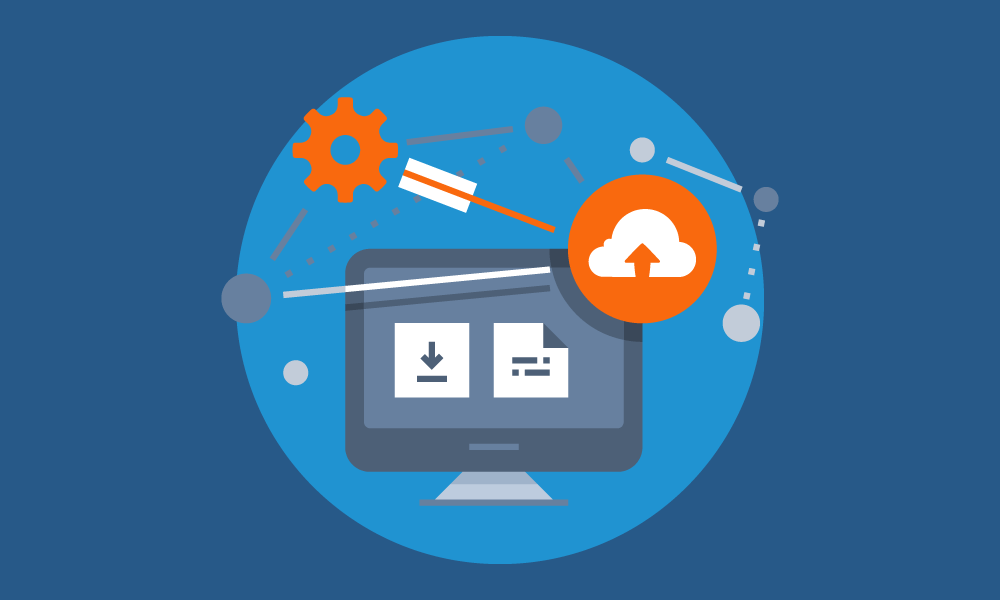One of the main benefits of cloud computing is that it’s more reliable than traditional in-house, onsite IT—reliable meaning that it is more consistently available and experiences less downtime and data loss. This is mainly because cloud providers can afford to implement more advanced reliability-assurance measures.
The main benefit of increased reliability, meanwhile, is that it helps you to prevent extremely expensive and disruptive downtime and data loss incidents.
Downtime is when an IT asset (such as a PC, storage drive, server, router, or application) or service (such as a cloud-hosted application) isn’t working correctly and cannot be accessed or used. Data loss, as you would expect, is when data is permanently lost, as when a storage drive that is not backed up fails or is infected with a cryptovirus.
Downtime and Data Loss Cost

Downtime can result in lost productivity, lost sales, and lost customers. It can be especially expensive and disruptive if the asset or service is relied upon by many employees or customers, such as a CRM, PoS system, or e-commerce system.
Data loss can be expensive and disruptive, too, depending on what type of data is involved. Data that can be expensive to lose includes:
- Internal documentation (training manuals, policies and procedures, etc.)
- Sales and marketing documents
- Financial records
- Customer records
- IT settings files
- IT logs
- Product designs/blueprints
- Internally-developed code
Consequences of data loss include wasting all the time and effort that went into the creation of the data, investing more time and effort in recreating the data, productivity loss as a result of employees not having all of the data necessary to do their jobs, upset and/or lost customers due to the delays or inconveniences caused by the data loss, and lawsuits, fines, and/or criminal prosecution for the loss of sensitive data such as financial records, customers’ personal information, and healthcare patient records.
According to recent studies, downtime costs businesses an average of $7,900 per minute, or more than $450,000 per hour, and costs all businesses in North America $700 billion every year. Data loss, meanwhile, is estimated to cost US businesses $18.2 billion per year, and enterprises around the world $1.7 trillion per year.
How to Prevent Downtime

There are two main ways to prevent downtime and data loss.
One is to purchase IT assets and services that have a reputation for being reliable. To find out if an IT asset or services is reliable or not, you can try asking around, searching the web, and/or thinking about which assets or services that you’ve found to be the most reliable in the past (perhaps you’ve purchased many Dell PCs and found them to be more reliable than other PC brands, for example).
You will want to do more to protect yourself from downtime and data loss than just purchasing reliable IT assets and services, however, since even the most reliable assets and services can fail sometimes or be affected by forces outside of their control (for example, even a perfectly-reliable Dell PC can be stolen, accidentally dropped, or destroyed in a flood or fire).
The other main way to prevent downtime and data loss is to make all of the important aspects of your IT redundant—ensuring that there is at least one extra unit of each important aspect of your IT than is necessary for your IT to function normally. Some examples of redundancies include:
- Backing up your data
- Purchasing spare hardware (including PCs, keyboards, mice, monitors, routers, switches, servers, and storage devices), and either keeping them close at hand so you can quickly replace failed hardware with them, or integrating them into a fault-tolerant architecture so that IT workloads are automatically transferred to them after the other hardware fails
- Signing up for and maintaining Internet access with two or more Internet service providers (ISPs) at the same time
- Signing up for electrical power from two or more different power companies at the same time
- Purchasing, installing, and maintaining uninterruptible power supplies (UPSs) and diesel backup generators
These redundancies ensure that even if an important component of your IT fails, you will be able quickly to replace it with an identical component, minimizing your downtime; or your IT will be able to switch over to the backup component immediately and automatically, which will prevent downtime altogether.
How the Cloud Decreases Downtime

Now, as we mentioned at the top, the main reason that cloud computing is more reliable than in-house, onsite IT is that cloud providers can afford to implement more advanced reliability-assurance measures.
And the reasons that this is that case include:
- That they can host the solutions of multiple customers on shared, singular units of hardware, with shared redundancies
- That because IT hosting involves a lot of automation and doesn’t require a lot of direct human intervention, they can host, maintain, and support the IT solutions of hundreds or thousands of businesses with a relatively small staff
- Because of their IT specialization and economies of scale
- Because they can get discounts on hardware, software, bandwidth, and electrical power because they buy in bulk.
As a result, cloud providers can afford to purchase advanced, custom-built, highly-reliable IT hardware and software, and make all of the most important aspects of their IT at least N+1 redundant, while still providing hosted IT solutions at a lower cost than it would take businesses to install and maintain them onsite.

